Rice price increased by one, fertilizer price increased by two
These days, farmers in Khanh Binh Tay commune, Tran Van Thoi district, Ca Mau province are focusing on producing the 2024-2025 winter-spring rice crop. This is the most important rice crop of the year, because in addition to favorable weather, high rice yield, and higher rice prices than the summer-autumn crop. According to the production plan for the 2024-2025 winter-spring rice crop, the entire Ca Mau province will plant 35,224 hectares, of which Tran Van Thoi district has the largest area of 28,944 hectares, followed by U Minh district with 3,270 hectares, Thoi Binh district with 530 hectares, and Ca Mau city with 2,480 hectares.
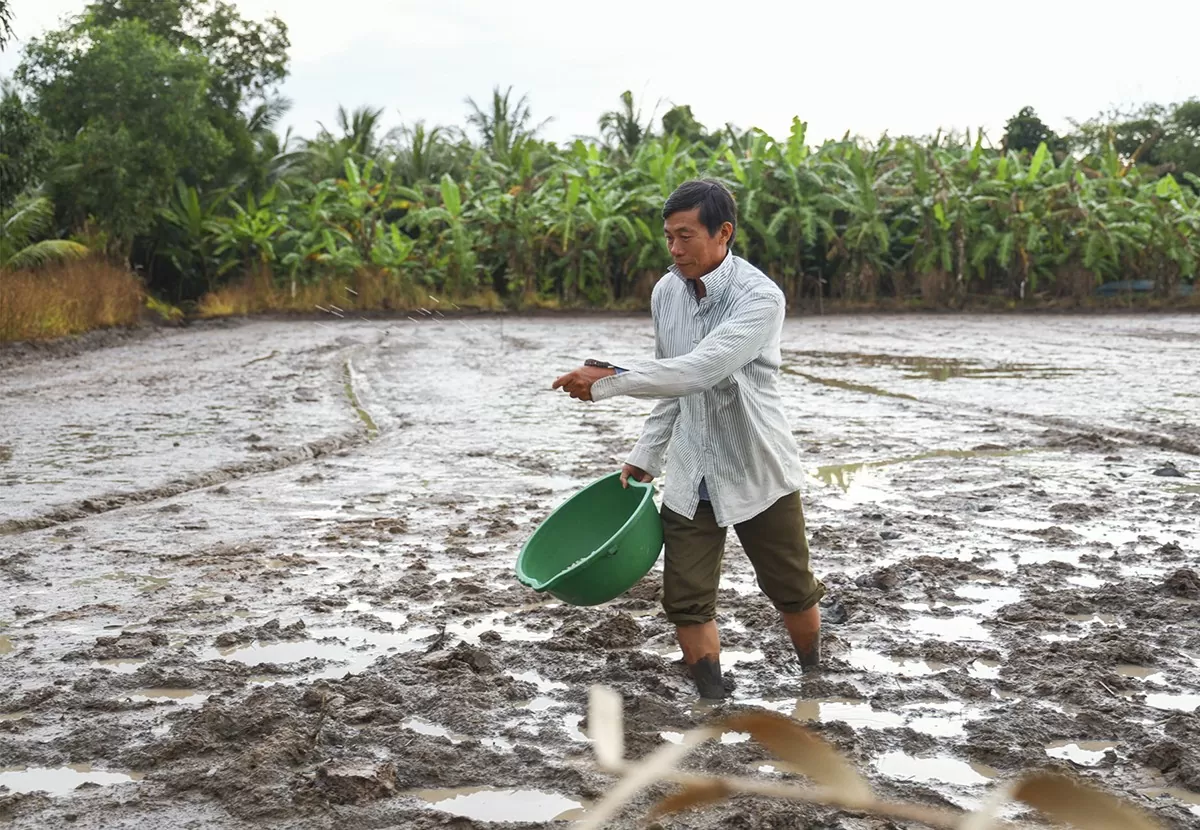 |
| Mr. Pham Truong Giang - Director of Long Giang Agricultural Service Cooperative is spreading fertilizer to prepare for the new crop. (Photo: Nguyen Chuong) |
Long Giang Agricultural Service Cooperative (Da Bac A Hamlet, Khanh Binh Tay Commune, Tran Van Thoi District, Ca Mau Province) currently has more than 30 hectares, including the cooperative's area and the area associated with households.
In the winter-spring crop, Long Giang Agricultural Service Cooperative will grow ST rice, but in the summer-autumn crop, the rice variety used is OM 18 to limit lodging. Each hectare, farmers can harvest from 5.5 tons to 6 tons of rice. With a revenue of about 17 million VND/crop per hectare, the profit is about 30-35%, the rest is production costs, of which fertilizer costs account for 40%. Mr. Pham Truong Giang - Director of Long Giang Agricultural Service Cooperative - said that with the high price of fertilizer, if not done properly, farmers in the cooperative will not be able to earn the above profit.
“In recent years, fertilizer prices have been on an upward trend. 10 years ago, the price of urea fertilizer was around 280,000 - 300,000 VND/bag, now it is around 600,000 VND/bag; with NPK fertilizer, it used to be around 580,000 - 600,000 VND/bag, now it has increased to 900,000 VND/bag to 1 million VND/bag. The selling price of rice 4 - 5 years ago was around 5 - 6 thousand VND/kg, now it is 7.5 thousand VND/kg. Farmers produce rice but the price of rice cannot keep up with the increase in fertilizer prices,” Mr. Pham Truong Giang informed.
For the past 2 years, rice prices have always been high. However, the increase in rice prices has led to an increase in agricultural inputs. Therefore, farmers' profits remain the same. According to rice growers in Tran Van Thoi district, when rice prices increase by 1, agricultural input prices increase by 2, 3; 1 bag of fertilizer increases by 100,000 VND while 1 kg of rice only increases by 1,000 VND. The gap between the increase in rice prices and the increase in agricultural input prices is quite large. This makes farmers' profits "thinner".
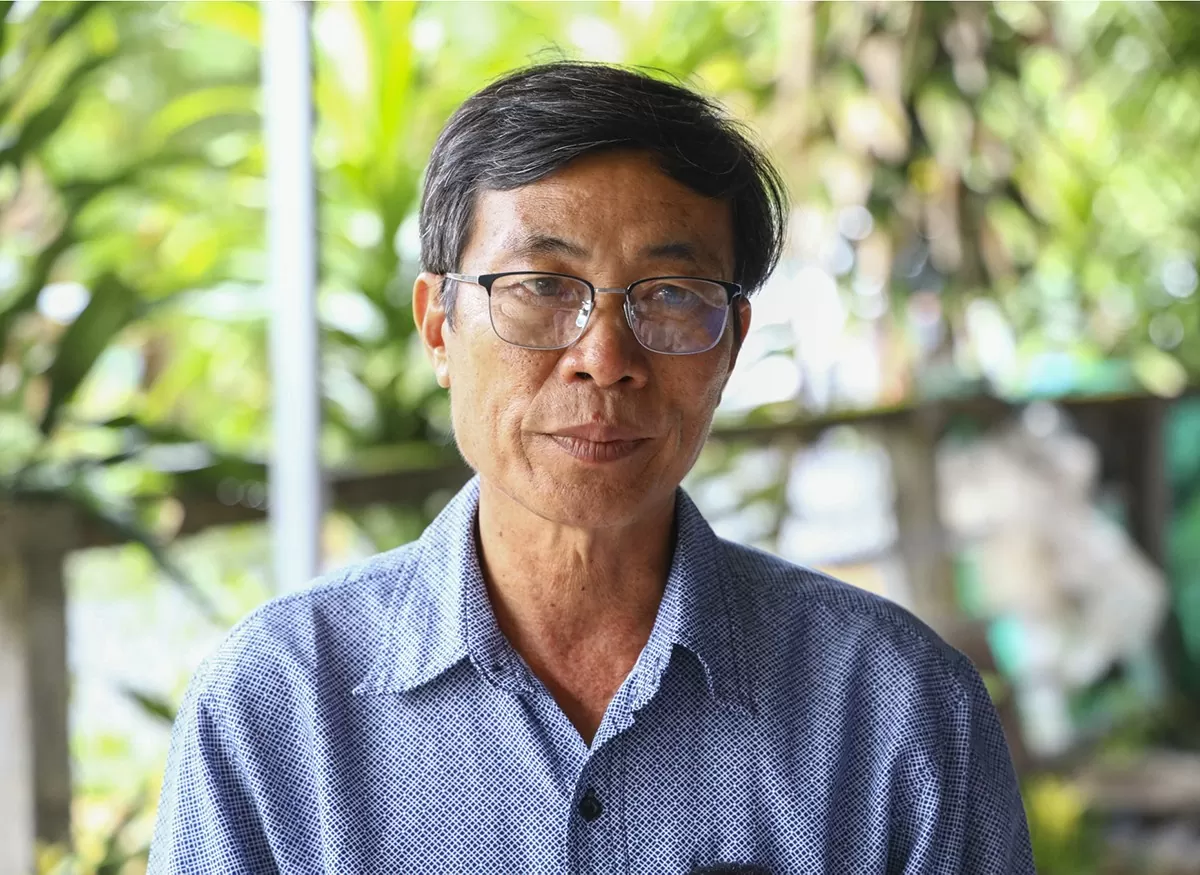 |
| Mr. Pham Truong Giang - Director of Long Giang Agricultural Service Cooperative said that the price of rice increased by 1, the price of agricultural input materials increased by 2, increased by 3, making the profit of farmers "thinner". (Photo: Nguyen Chuong) |
Not only the price of agricultural materials has increased. Rice growers in Tran Van Thoi district also face the problem of output when the selling price is unstable, consumption among members and farmers is difficult due to dependence on traders.
In Can Tho , the story of agricultural input material costs is also an issue of particular concern to farmers. Truong Khuong A Fruit Garden Cooperative (Truong Khuong A Hamlet, Truong Long Commune, Phong Dien District, Can Tho City) specializes in growing star apples and durians.
Mr. Tran Van Chien - Director of Truong Khuong A Fruit Cooperative - shared that in 2024, the estimated harvest output of star apple is 240 tons, of which about 100 tons will be exported and the rest will be sold to outside traders. With durian, the estimated harvest output in 2024 is about 350 tons, with the export orientation but the season has not yet come. A few years ago, durian yielded 300 tons, mainly sold domestically, and traders bought 80 tons.
Talking about production in recent years, Mr. Tran Van Chien said that people are aiming to limit the use of fertilizers and pesticides to reduce product costs. “A few years ago, we sold durian for around 30-40 thousand VND/kg, last year it was 60-70 thousand VND/kg. Currently, the price of Ri6 durian is around 140 thousand VND/kg, monthong durian is 160 thousand VND/kg, Ri6 durian is 130-140 thousand VND/kg. The price fluctuates strongly, durian growers are also quite worried, because many people who follow the price will increase fertilizer and care for durian trees, which will increase the cost. The market is not stable, if the price of durian drops suddenly, it will affect profits,” said Mr. Tran Van Chien.
Talking about agricultural input materials, specifically fertilizer, Mr. Tran Van Chien said that the cooperative signed an input contract with Thang Loi Company, in which 60% of fertilizer is imported and 40% of domestic fertilizer is used.
The price of imported fertilizer is higher than the price of domestic fertilizer, currently 4-5 thousand VND/kg difference, however, farmers like Mr. Tran Van Chien also find it difficult to judge which type is of better quality.
“The cooperative has a total area of 45 hectares, 1 hectare/crop we use about 4 tons of organic fertilizer and 500-600kg of inorganic fertilizer. Domestic fertilizer is used by farmers in the recovery and soil loosening stages. Imported fertilizer is used in the cotton and fruit growing stages. Imported fertilizer is used more, but domestic fertilizer is also indispensable,” said Mr. Chien.
Hope fertilizer prices decrease and stabilize
In 2021 - 2022, fertilizer prices increased dramatically. In 2023, the price of this item stabilized again but remained high, causing farmers like Mr. Chien and Mr. Giang to be very confused.
Mr. Chien calculated: “Fertilizer prices account for about 40% of the cost of agricultural input materials. Growing rice or fruit trees is the job of farmers, so even if the cost increases, even if there is a loss, we still have to do it.”
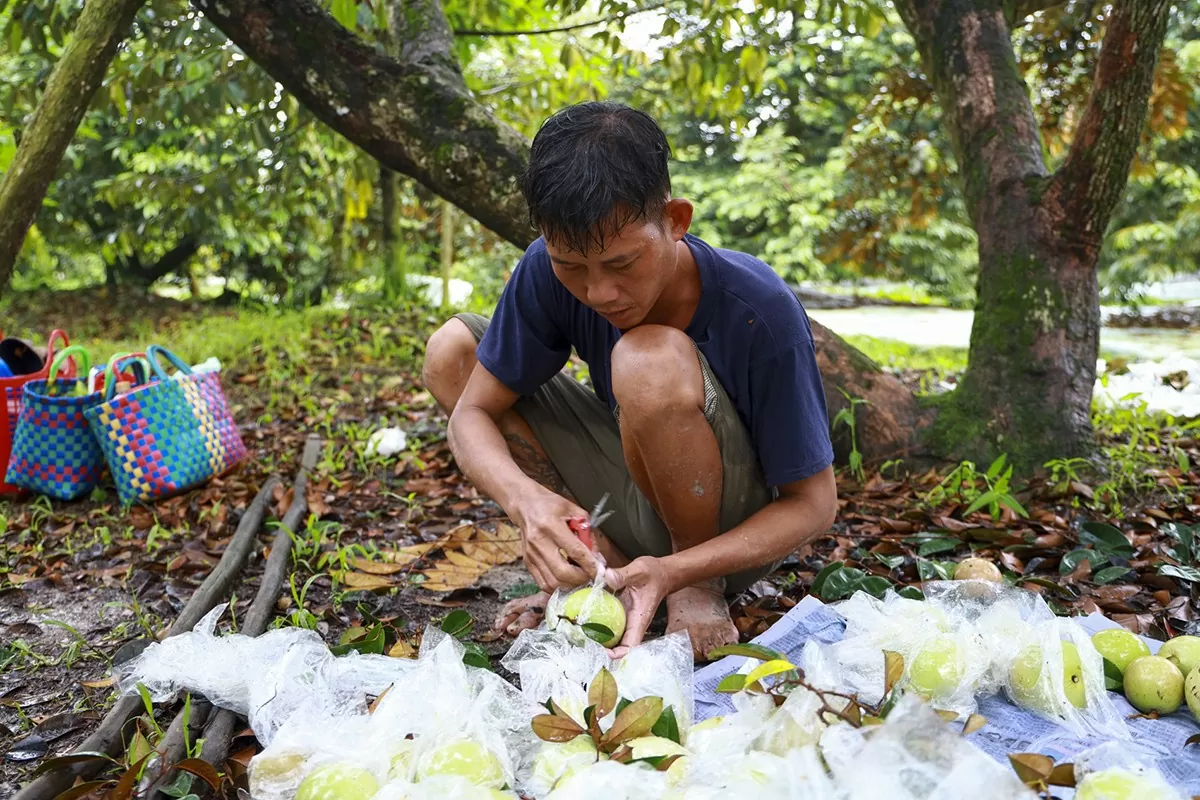 |
| People are harvesting star apples in the garden. (Photo: Nguyen Chuong) |
In the orchard of Mr. Ho Van Tuong's family (Truong Khuong A hamlet, Truong Long commune, Phong Dien district, Can Tho city), which has an area of 12 hectares, the main crop used to be star apples. Now the trees are exhausted, so the family has switched to growing durian. Last year, the durian area harvested was about 7 hectares and this year the figure is about 10 hectares.
Growing durian, the cost of fertilizer is much higher than star apple. Using more organic fertilizer than chemical fertilizer, according to Mr. Ho Van Tuong, with star apple, the selling price has been quite stable in the past few years, with durian, the price sometimes goes up, sometimes goes down, for households with experience in handling the off-season, the selling price of durian can be up to 130 - 150 thousand VND/kg, if it is the right season, it is only 50 - 55 thousand VND/kg, when the harvest is finished, they have to invest back in taking care of the tree, therefore, they only earn about 30 - 35 thousand VND/kg if the crop is favorable.
When asked about VAT on fertilizers, fruit or rice farmers like Mr. Chien, Mr. Giang, and Mr. Tuong are not sure about these policies. However, what they understand most clearly is that if fertilizer prices continue to increase by 5-10% each year, farmers’ profits will certainly decrease.
Therefore, what they care about and expect is that the government and authorities have tools to regulate the cost of agricultural materials, including fertilizers, to remain stable and decrease, thereby helping to lower costs and farmers can produce profitably.
“Agriculture cannot be done without fertilizer, otherwise the crops will not be effective. If the government has policies to encourage farmers, it needs to create conditions to reduce the cost of fertilizer. Only then will farmers and agricultural workers have a better life,” Mr. Tuong suggested.
Before 2015, according to the law, the VAT on fertilizer was 5%. After receiving many comments, the 14th National Assembly issued Law 71 of 2014, effective from January 1, 2015 to present, with the regulation that fertilizer is not subject to value added tax. Currently, at the request of the Ministries, the Ministry of Agriculture and Rural Development, the State Audit, the Fertilizer Association, the National Assembly delegations of Bac Giang, Ca Mau, Binh Dinh, Hai Phong, Nam Dinh, Tien Giang, ... propose to amend this content. Based on Section 2, Point d of Resolution 101 of 2023 of the 5th session, this item is reviewed. That is the reason why it is proposed to put fertilizers under the 5% VAT tax. The National Assembly has submitted a draft of the revised Law on Value Added Tax (VAT). One of the contents that has received much attention is the proposal to impose a tax on fertilizers and if so, at what rate; How will this regulation affect the fertilizer market, fertilizer production and trading enterprises and especially farmers - the people who use this product? |
VAT on fertilizers: Part 2 – Perspectives of National Assembly deputies and recommendations from experts




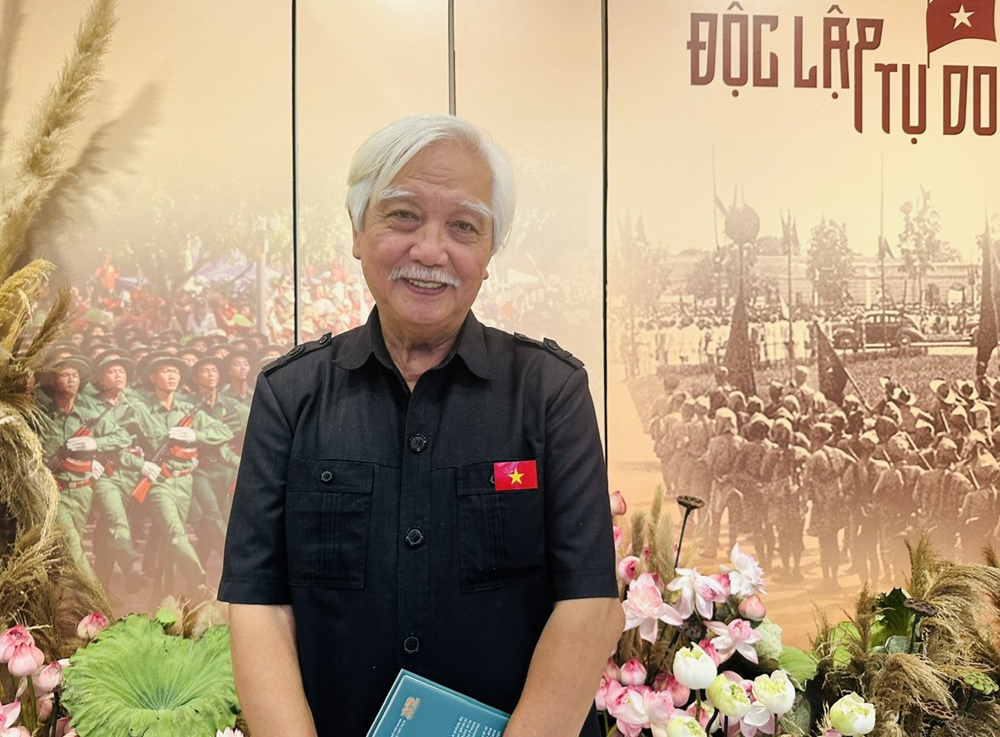
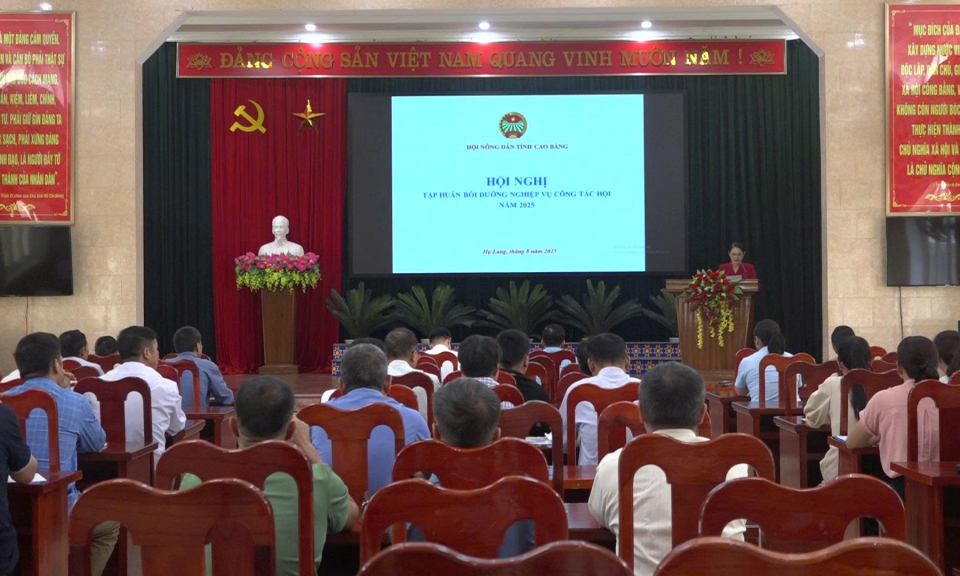
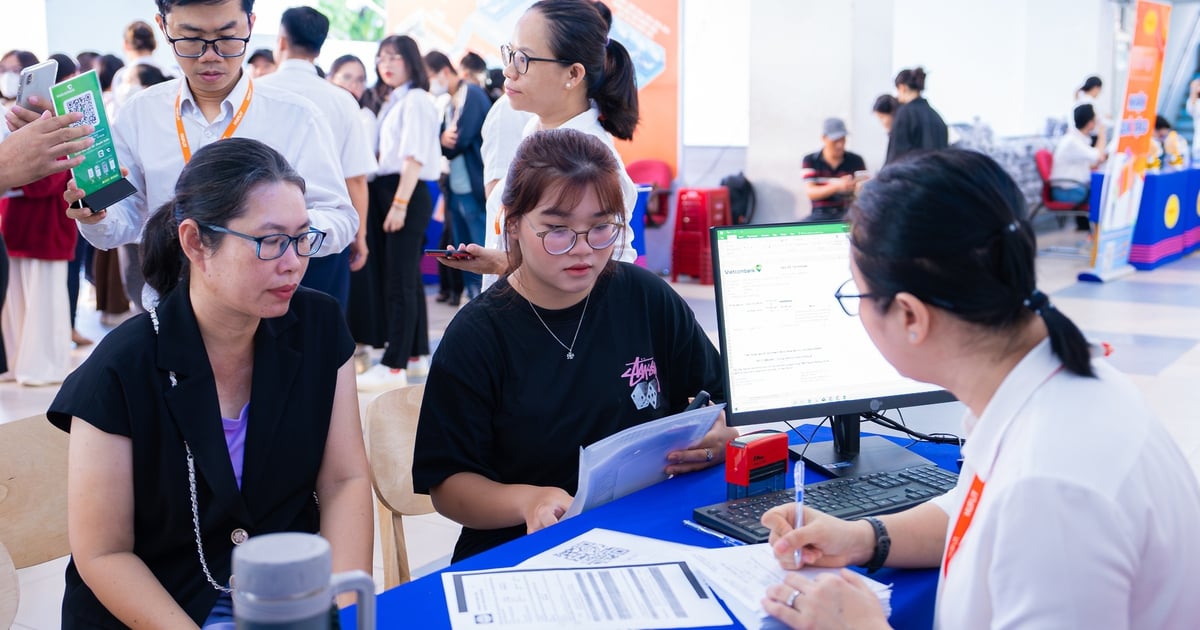

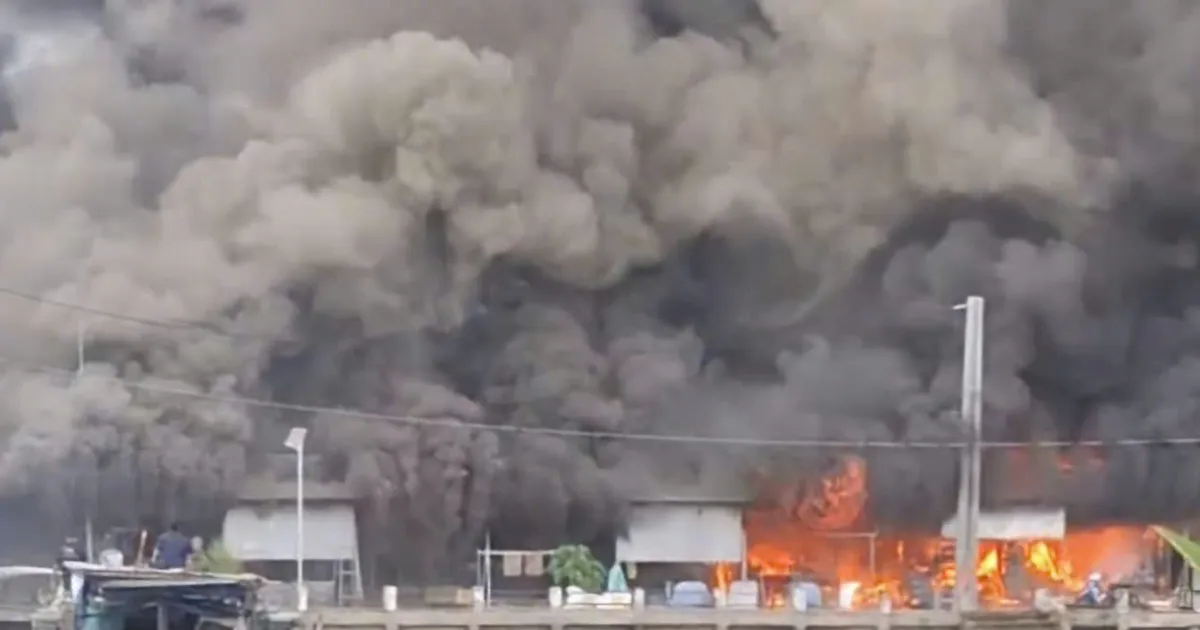


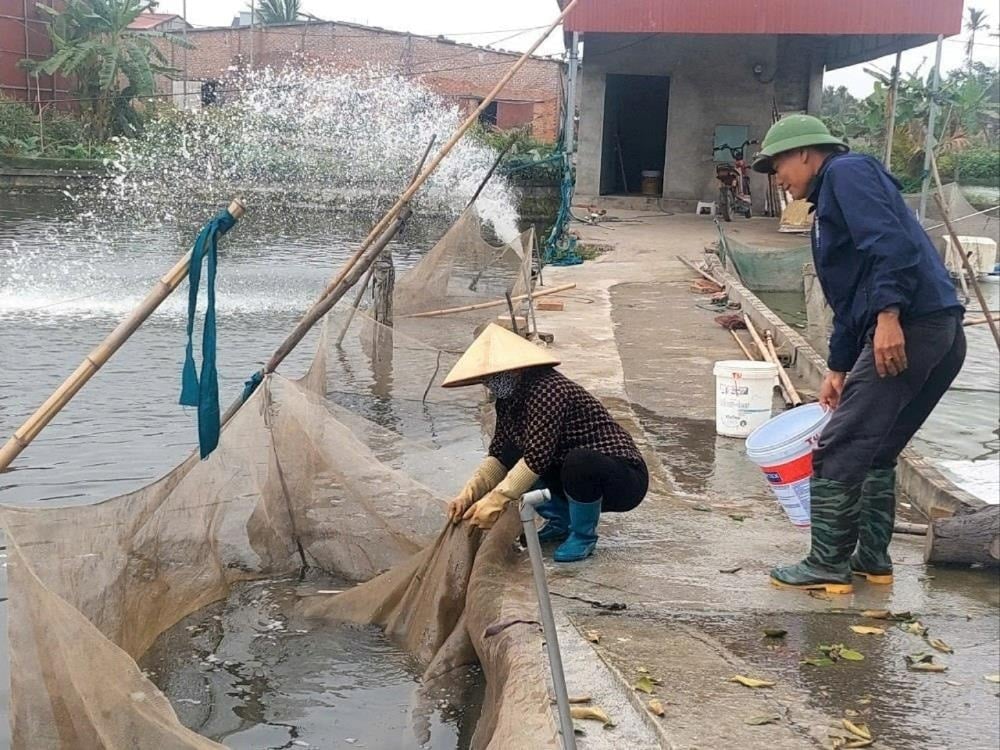




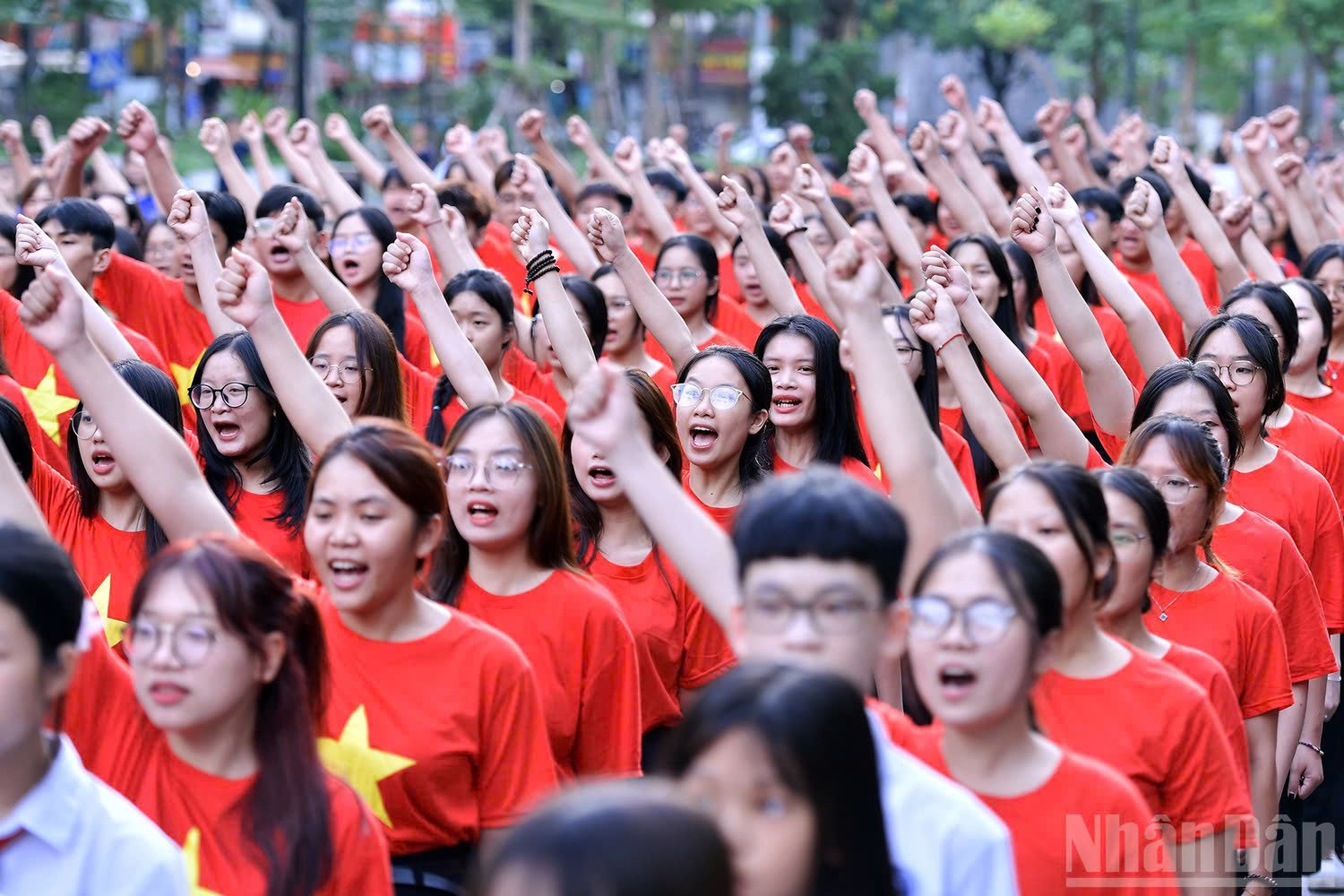

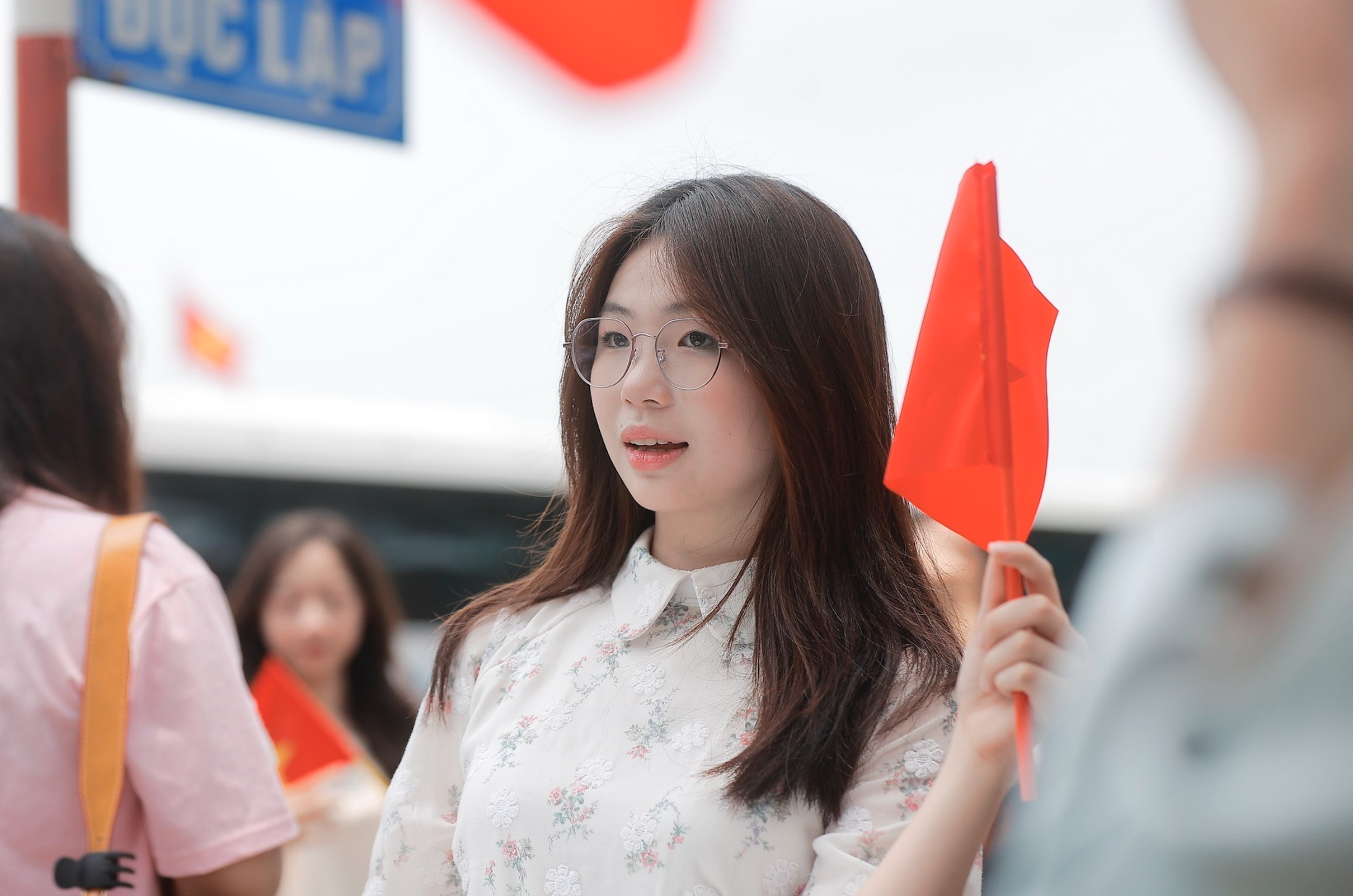
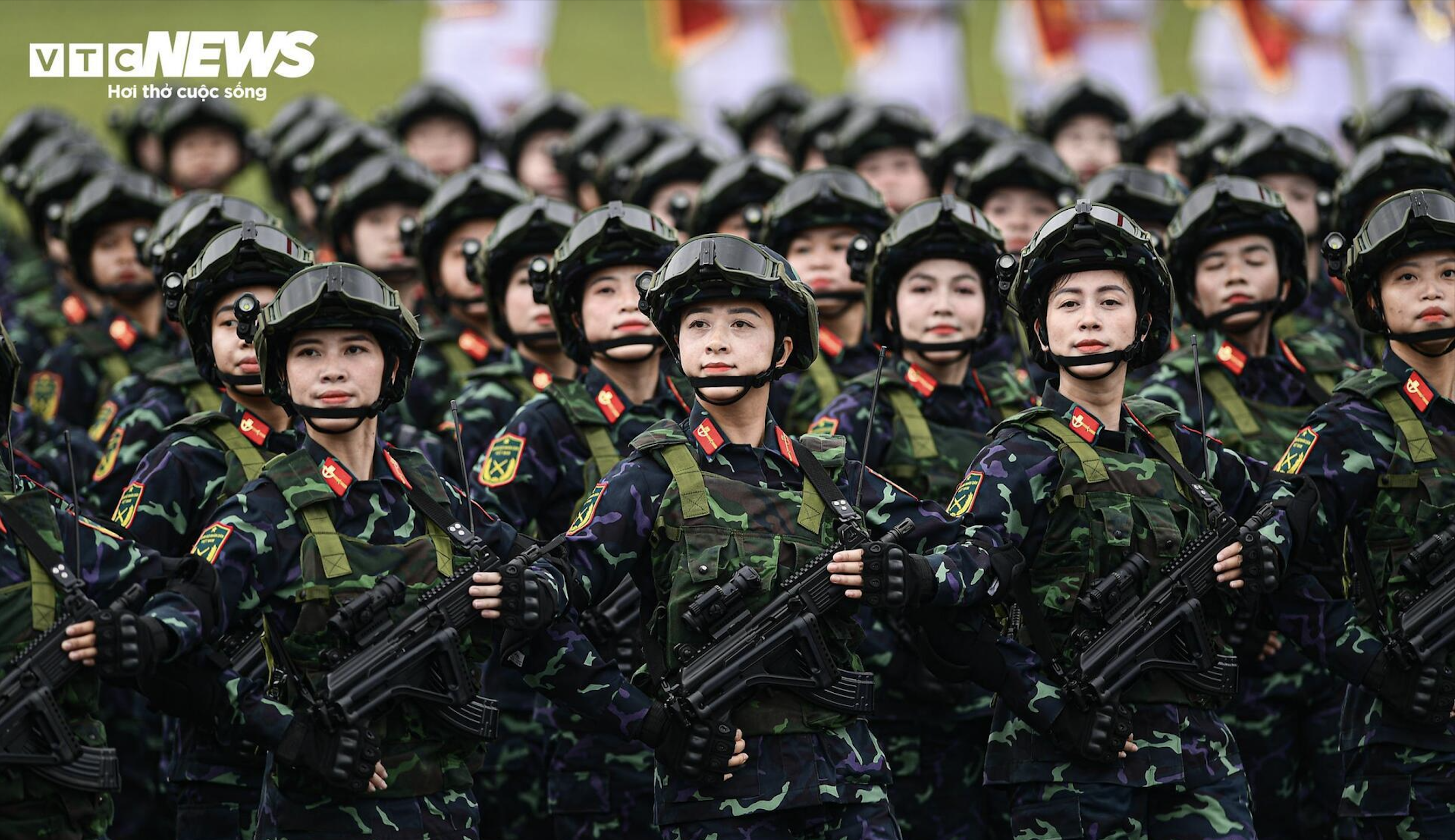
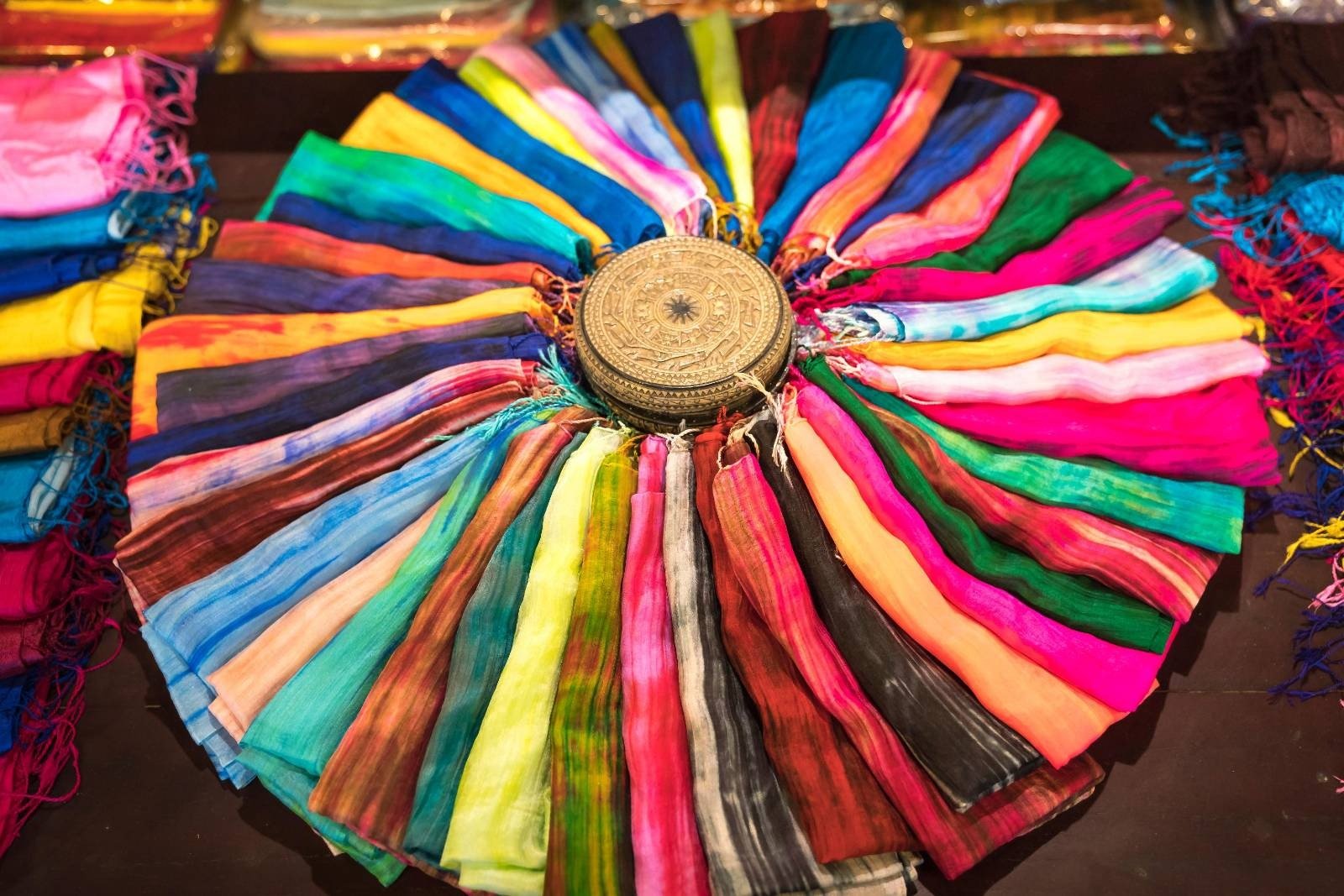





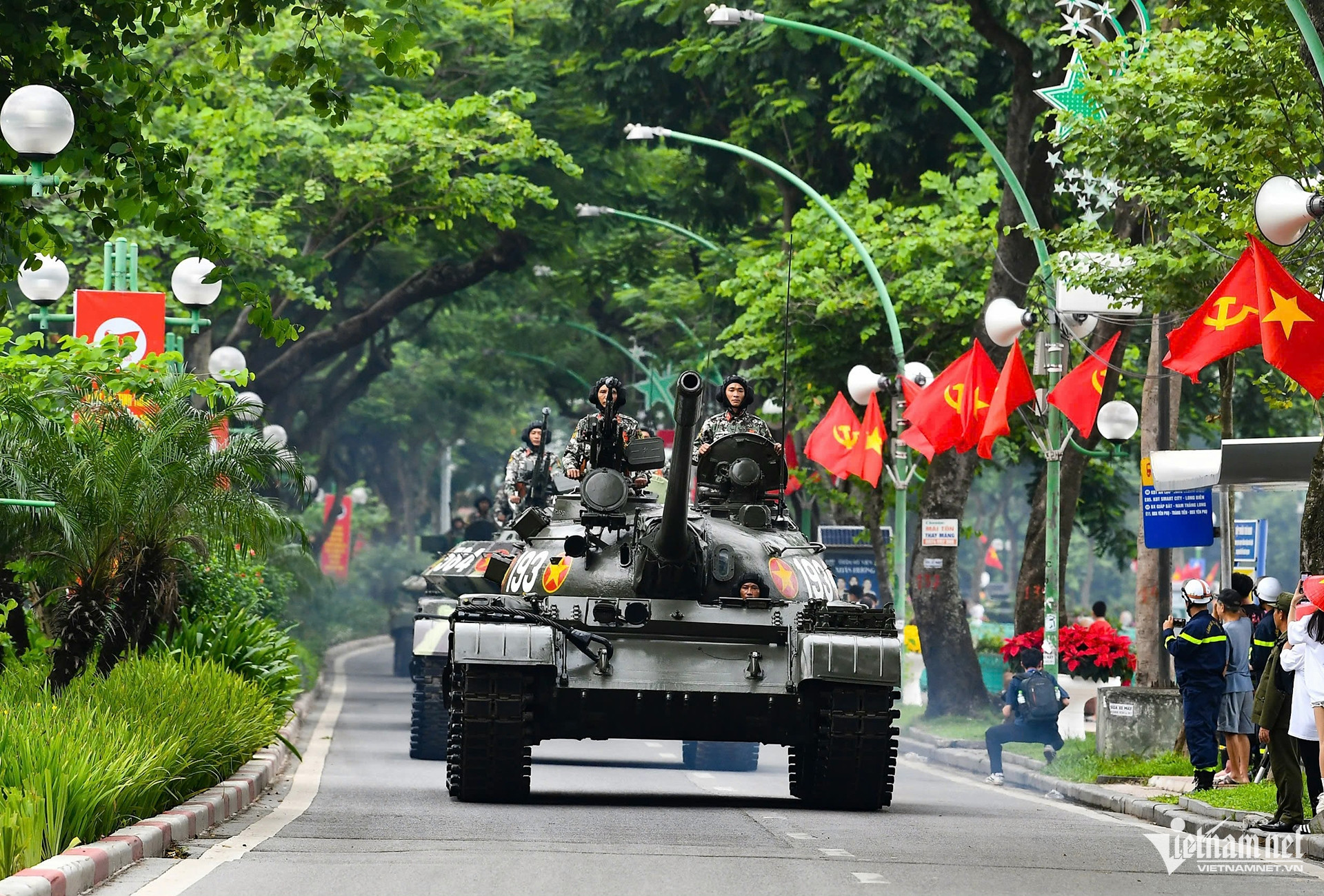

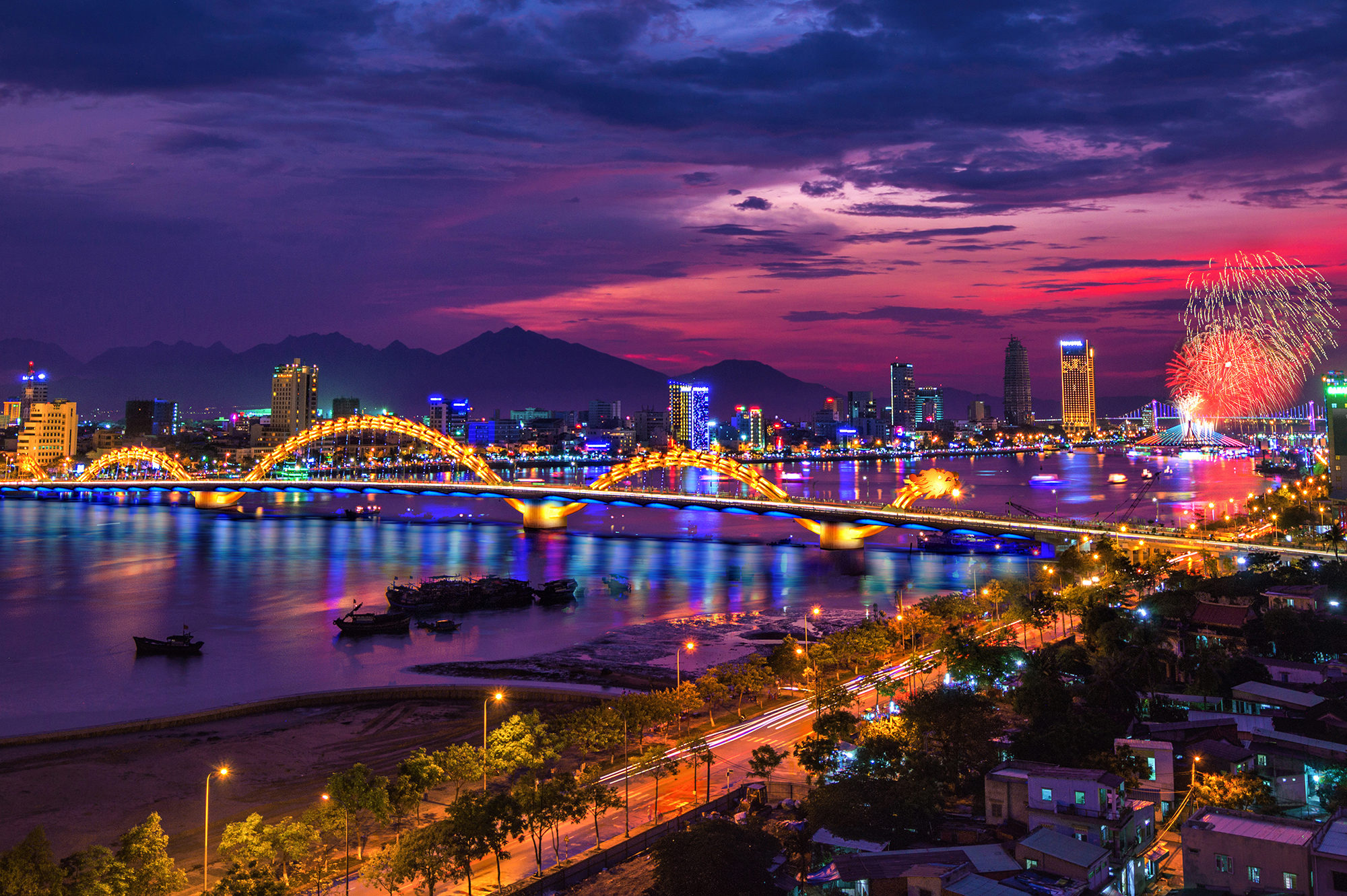

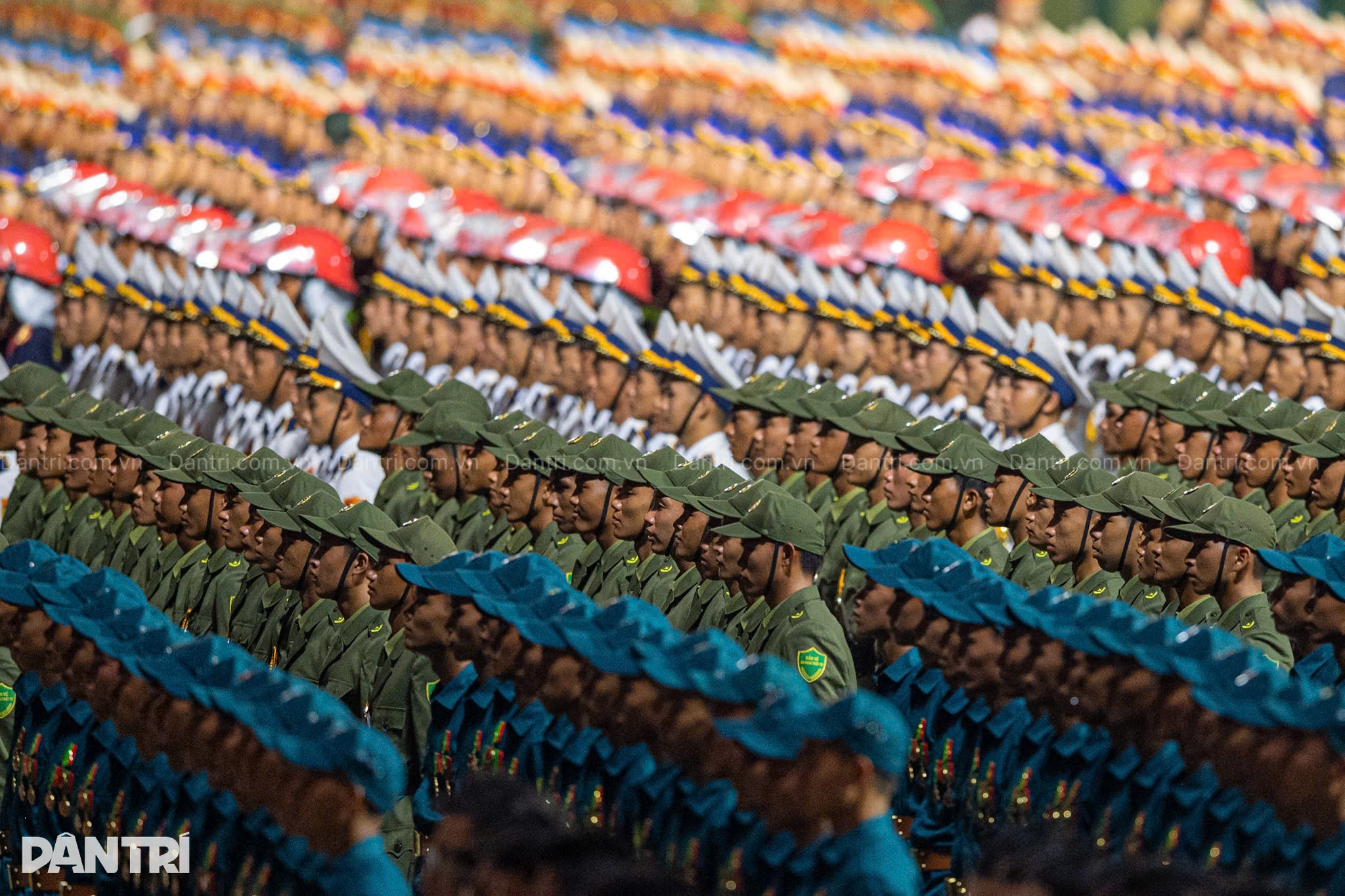

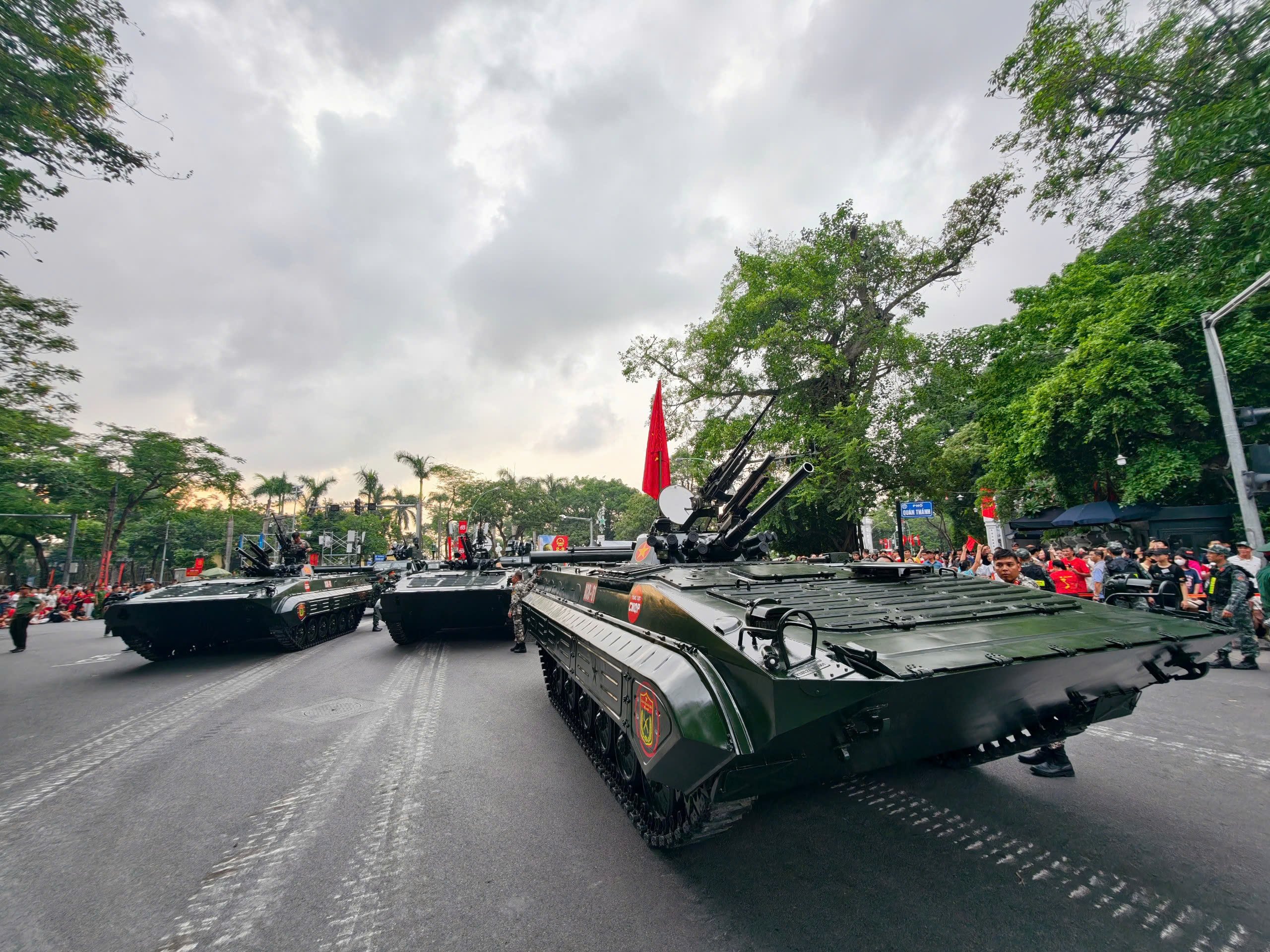







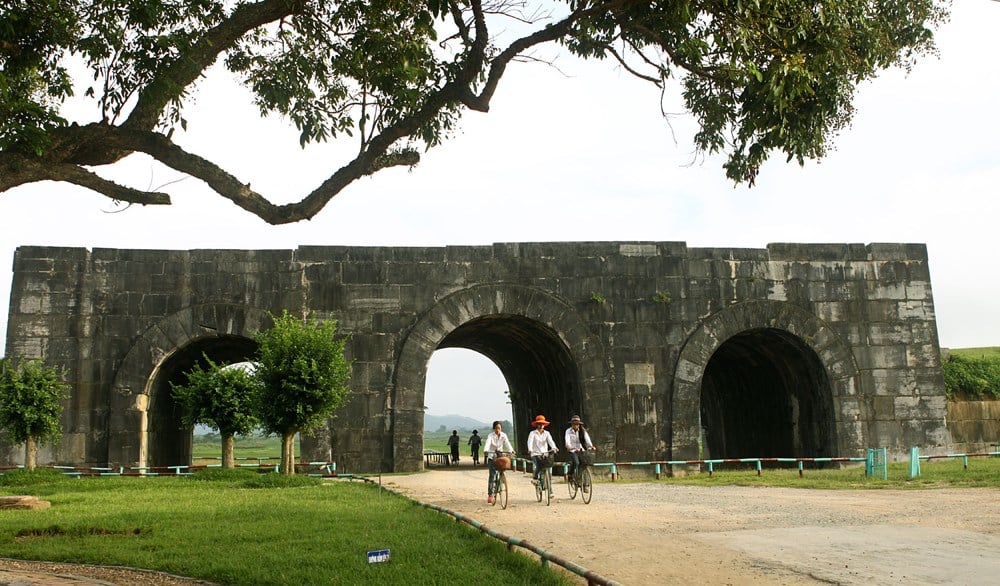

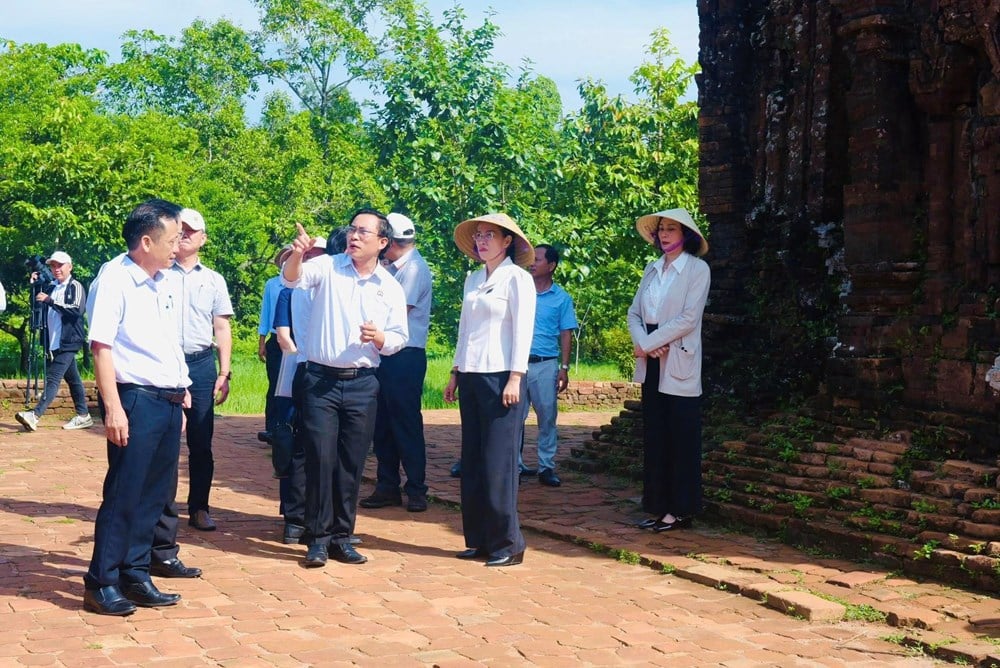





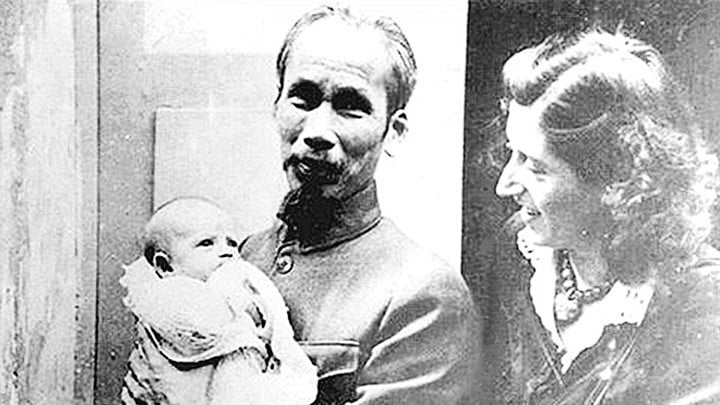



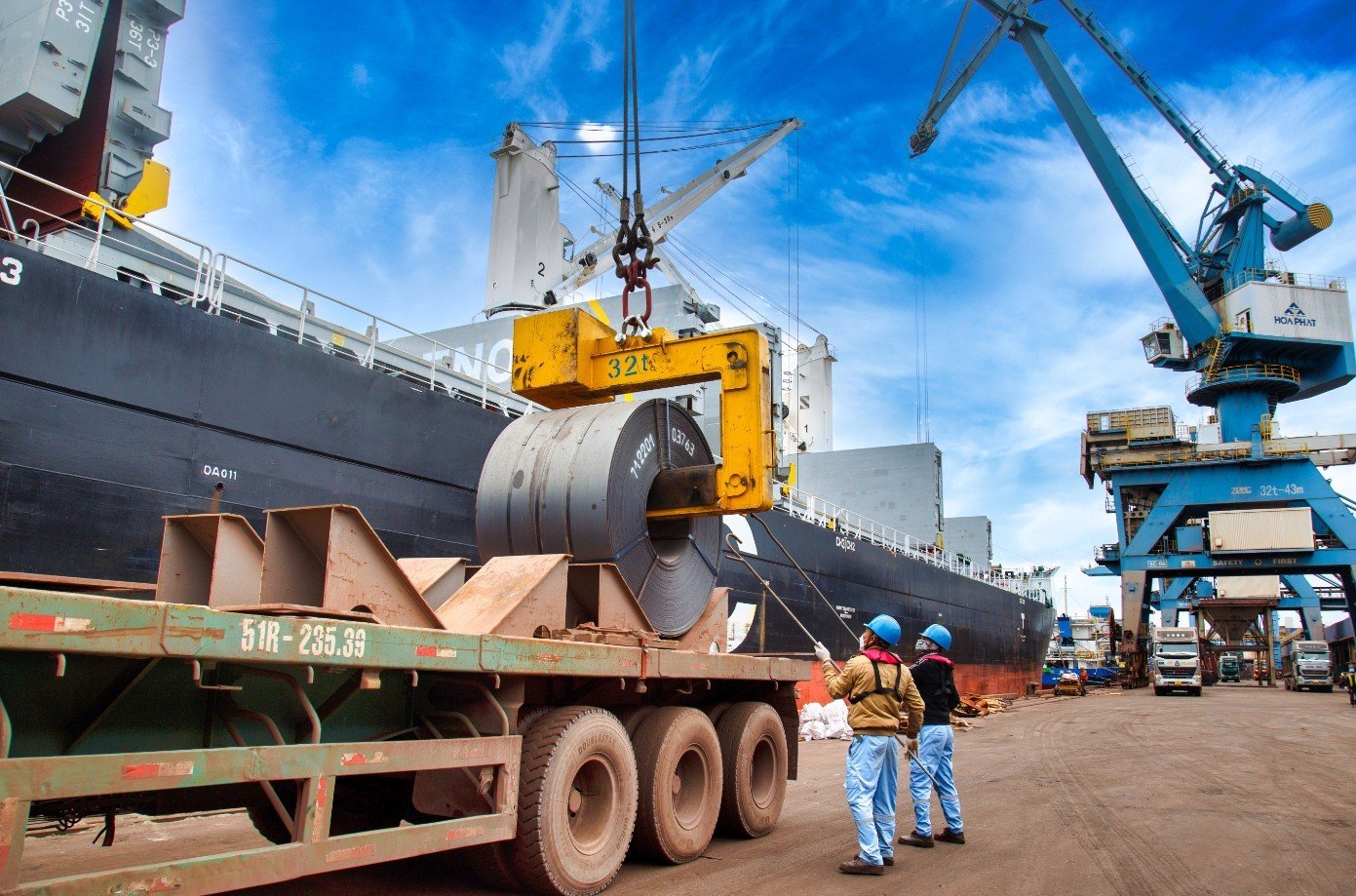

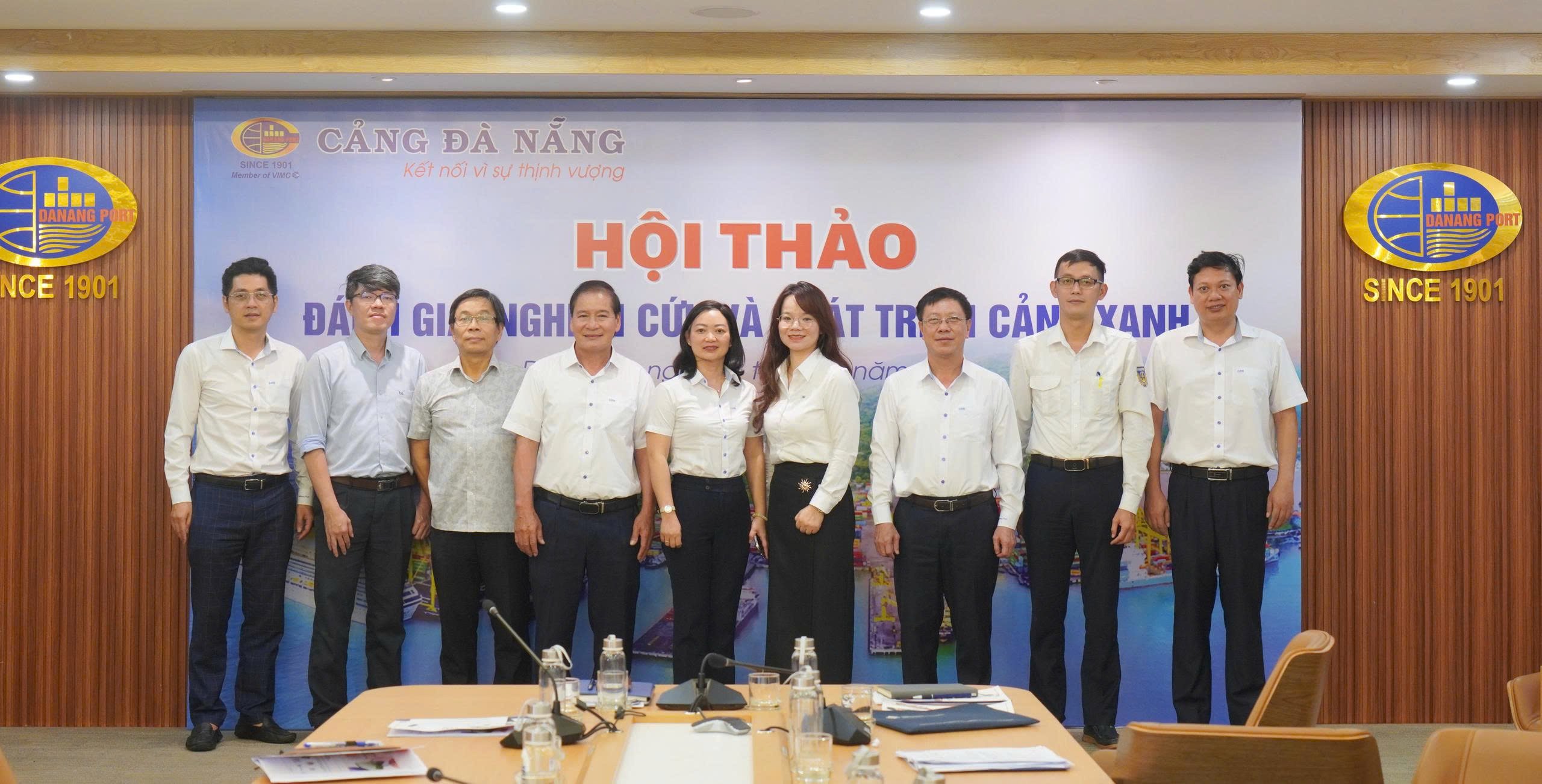

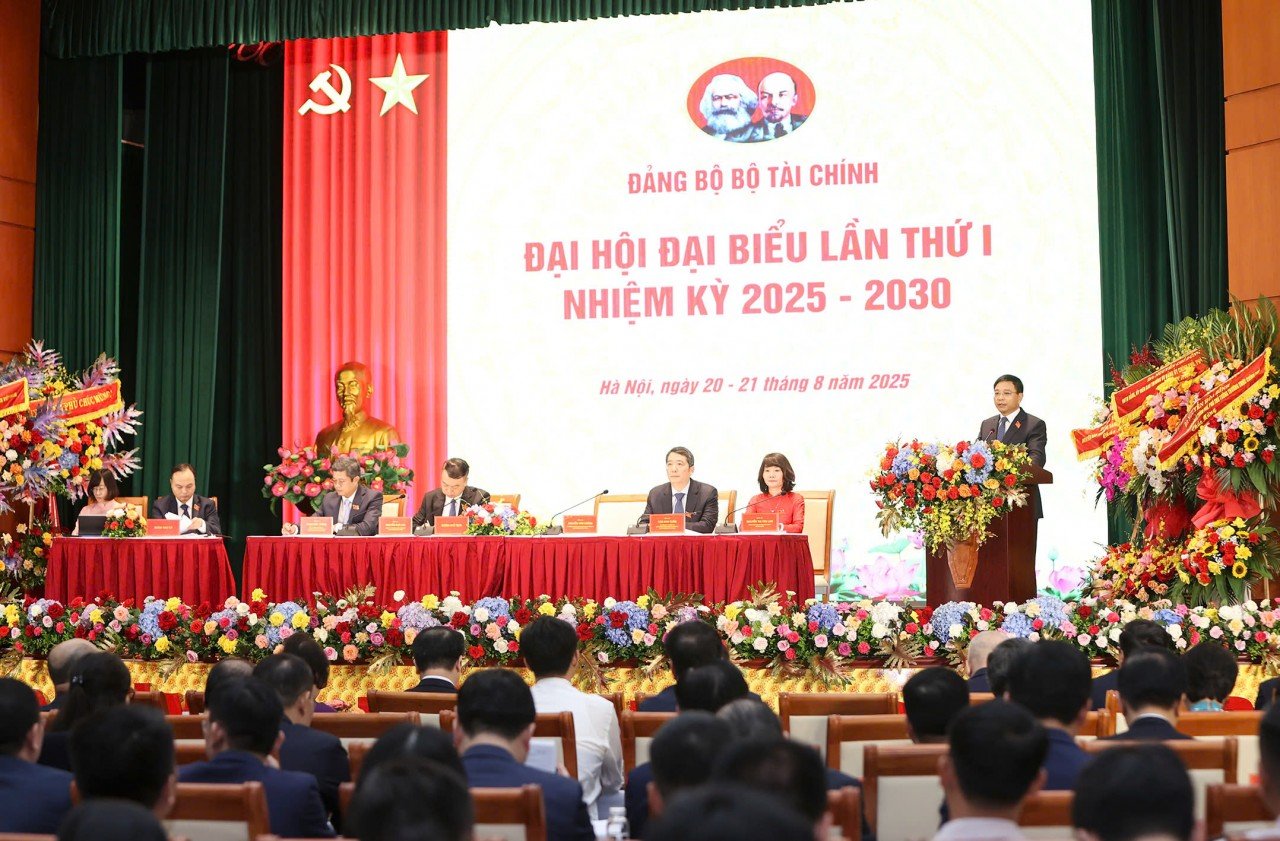
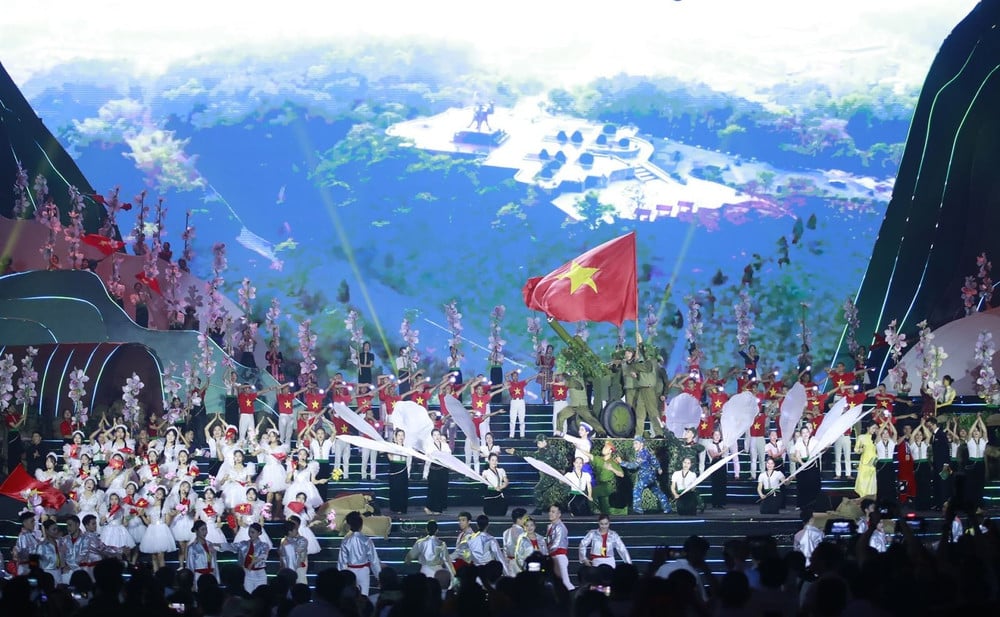

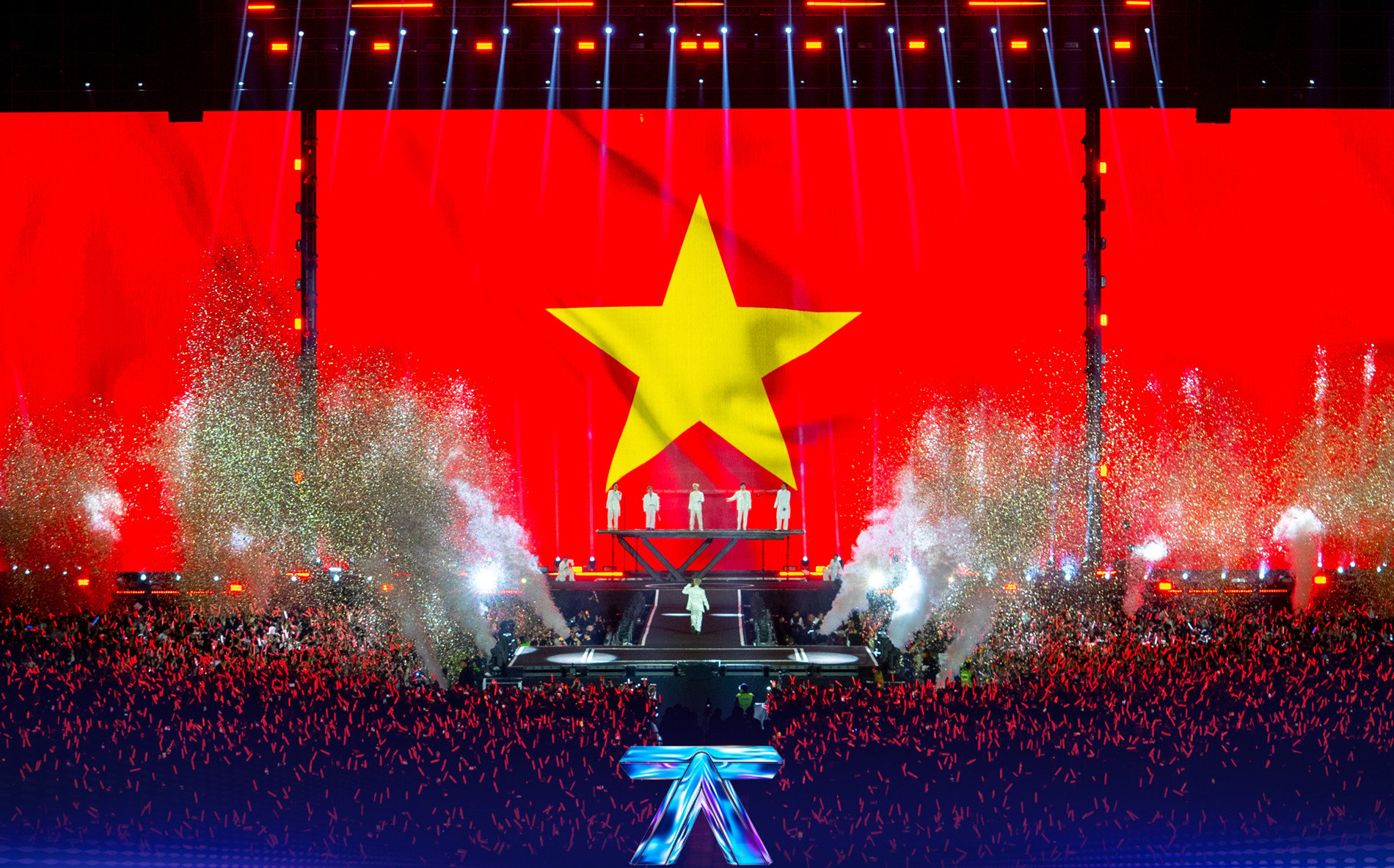


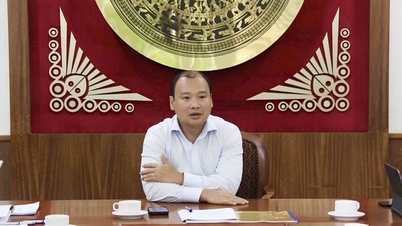

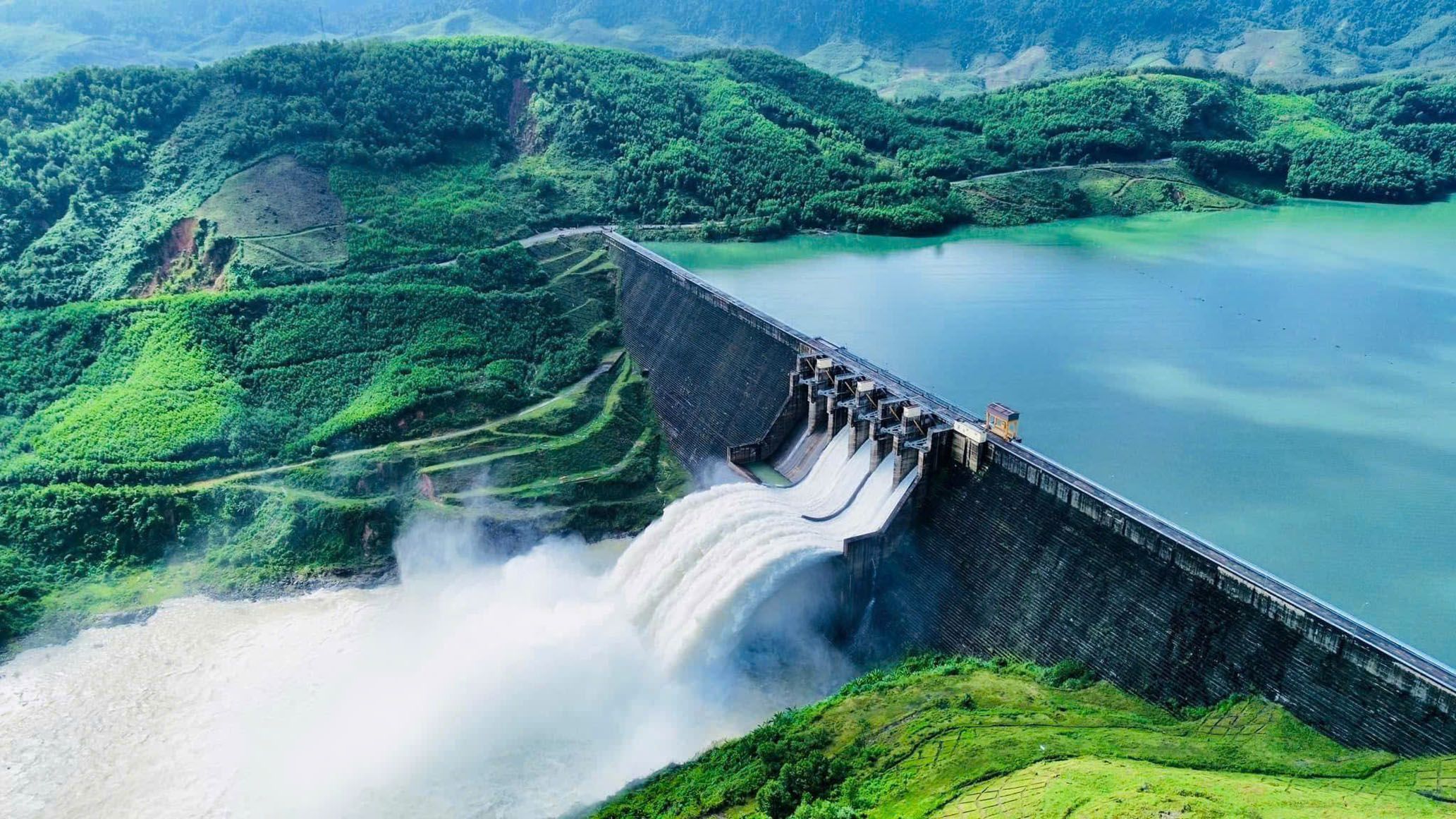

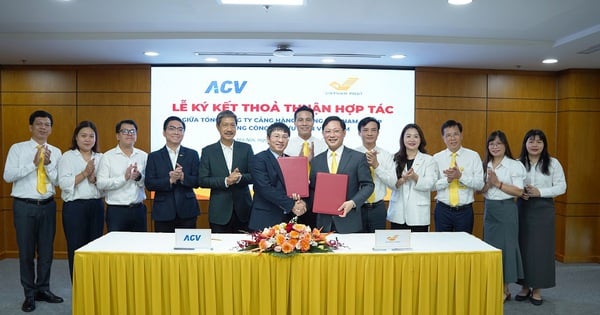





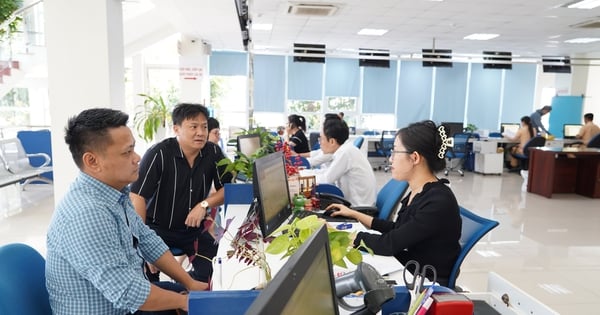












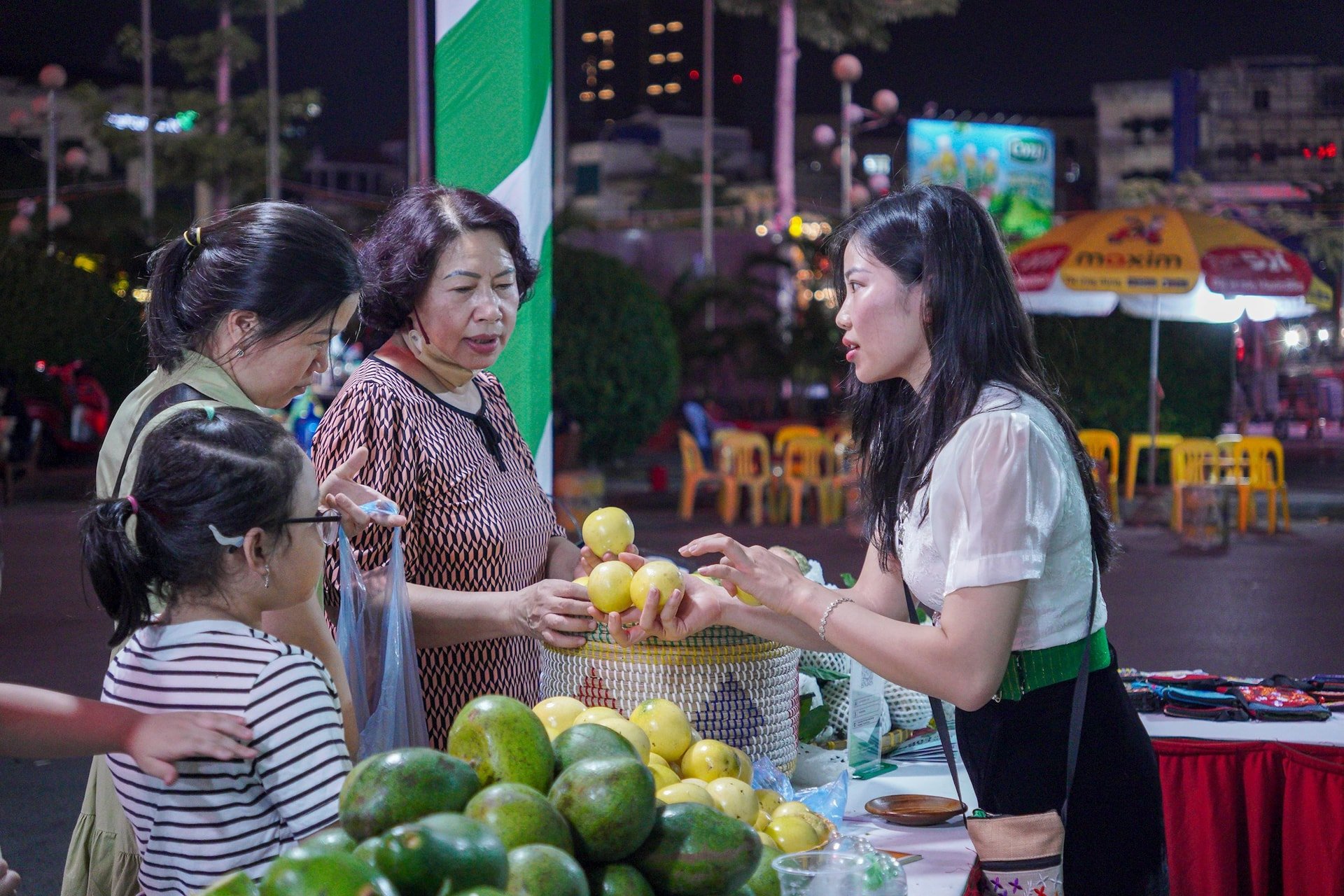

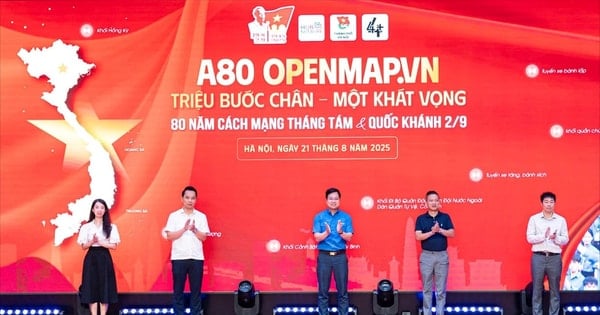

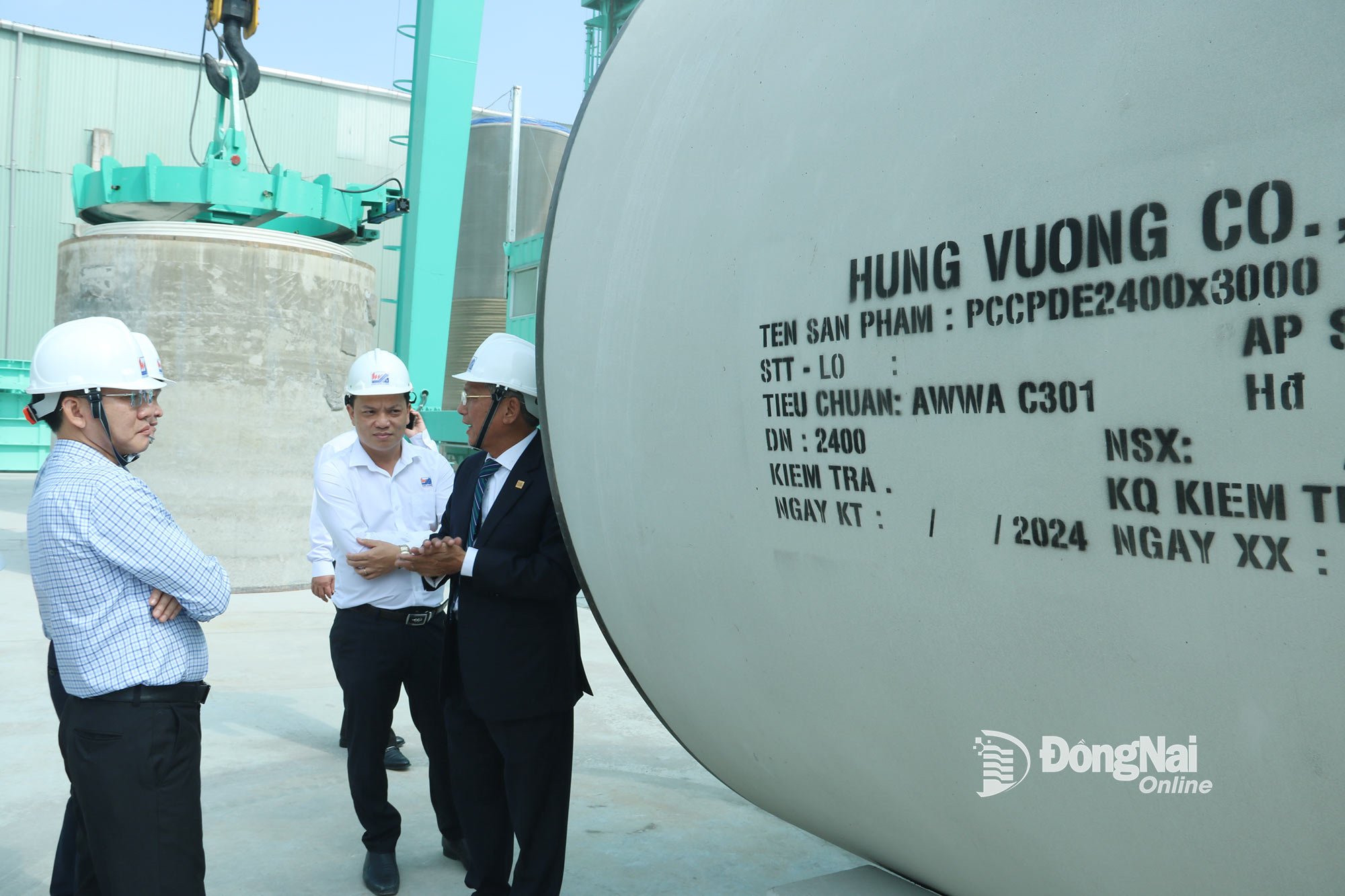






Comment (0)